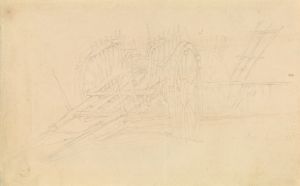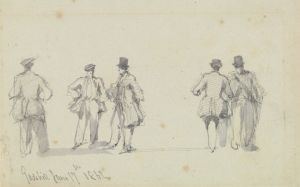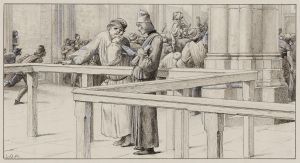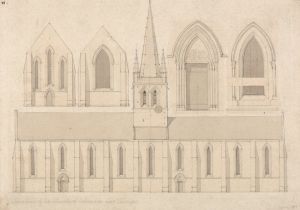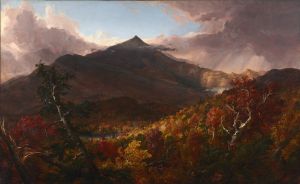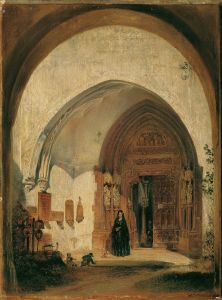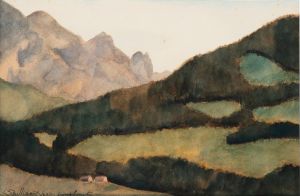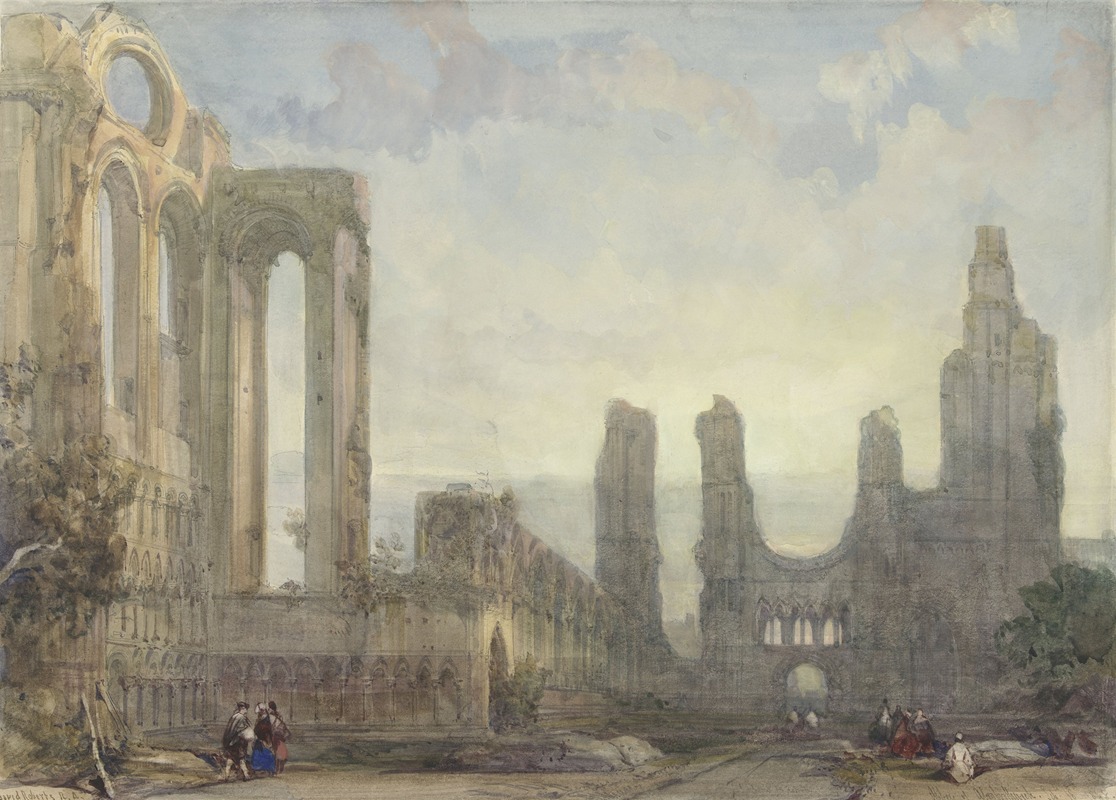
Abdijruïne van Aberbrothwick bij avond
A hand-painted replica of David Roberts’s masterpiece Abdijruïne van Aberbrothwick bij avond, meticulously crafted by professional artists to capture the true essence of the original. Each piece is created with museum-quality canvas and rare mineral pigments, carefully painted by experienced artists with delicate brushstrokes and rich, layered colors to perfectly recreate the texture of the original artwork. Unlike machine-printed reproductions, this hand-painted version brings the painting to life, infused with the artist’s emotions and skill in every stroke. Whether for personal collection or home decoration, it instantly elevates the artistic atmosphere of any space.
David Roberts was a renowned Scottish painter, born on October 24, 1796, in Stockbridge, Edinburgh. He is best known for his detailed and picturesque landscapes and architectural scenes, which he captured during his extensive travels across Europe and the Middle East. Roberts was a prominent figure in the 19th-century art world, and his works are celebrated for their historical and cultural significance.
One of Roberts' notable works is "Abdijruïne van Aberbrothwick bij avond," which translates to "Ruins of Arbroath Abbey by Evening." This painting depicts the ruins of Arbroath Abbey, a historically significant site located in Arbroath, Scotland. The abbey was founded in 1178 by King William the Lion for monks of the Tironensian order and was dedicated to Saint Thomas Becket. It played a crucial role in Scotland's history, particularly as the location where the Declaration of Arbroath was drafted in 1320, asserting Scotland's independence from England.
Roberts' painting captures the abbey in the evening light, emphasizing the romantic and atmospheric qualities of the ruins. The use of light and shadow in the painting highlights the architectural details of the abbey, showcasing Roberts' skill in rendering complex structures with precision and artistry. The choice of evening as the time of day adds a sense of tranquility and reflection to the scene, inviting viewers to contemplate the passage of time and the enduring legacy of historical monuments.
Roberts' interest in architectural subjects was a defining feature of his career. He began his artistic journey as a scene painter for theaters in Edinburgh and London, which honed his ability to depict grand and intricate settings. His transition to full-time painting allowed him to travel extensively, and he became one of the first British artists to document the ancient sites of Egypt and the Holy Land. These travels greatly influenced his work, as he developed a keen eye for capturing the essence of historical and cultural landmarks.
"Abdijruïne van Aberbrothwick bij avond" is a testament to Roberts' dedication to preserving the beauty and history of architectural sites through his art. His paintings often served as visual records of places that were, at the time, less accessible to the general public. By bringing these scenes to life on canvas, Roberts contributed to a greater appreciation and understanding of historical architecture and its significance.
Today, David Roberts' works are held in high regard and can be found in various public and private collections around the world. His paintings continue to be studied and admired for their technical excellence and their ability to transport viewers to the historical moments and places they depict. "Abdijruïne van Aberbrothwick bij avond" remains a fine example of Roberts' talent and his contribution to the art of landscape and architectural painting.





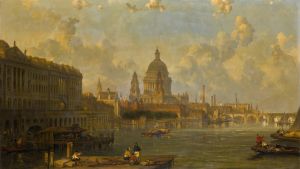
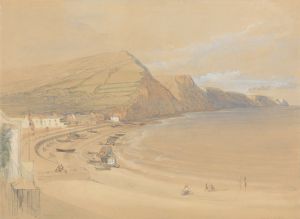
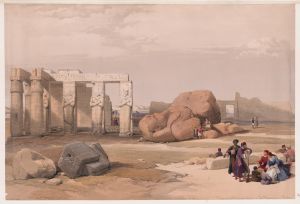
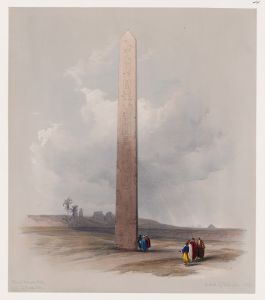
![Portico of the Temple of Edfou [Idfû], Upper Egypt. Nov. 23rd, 1838.](/imgs/217527/s/david-roberts-portico-of-the-temple-of-edfou-idfu-upper-egypt-nov-23rd-1838-79b6cf5b.jpg)
